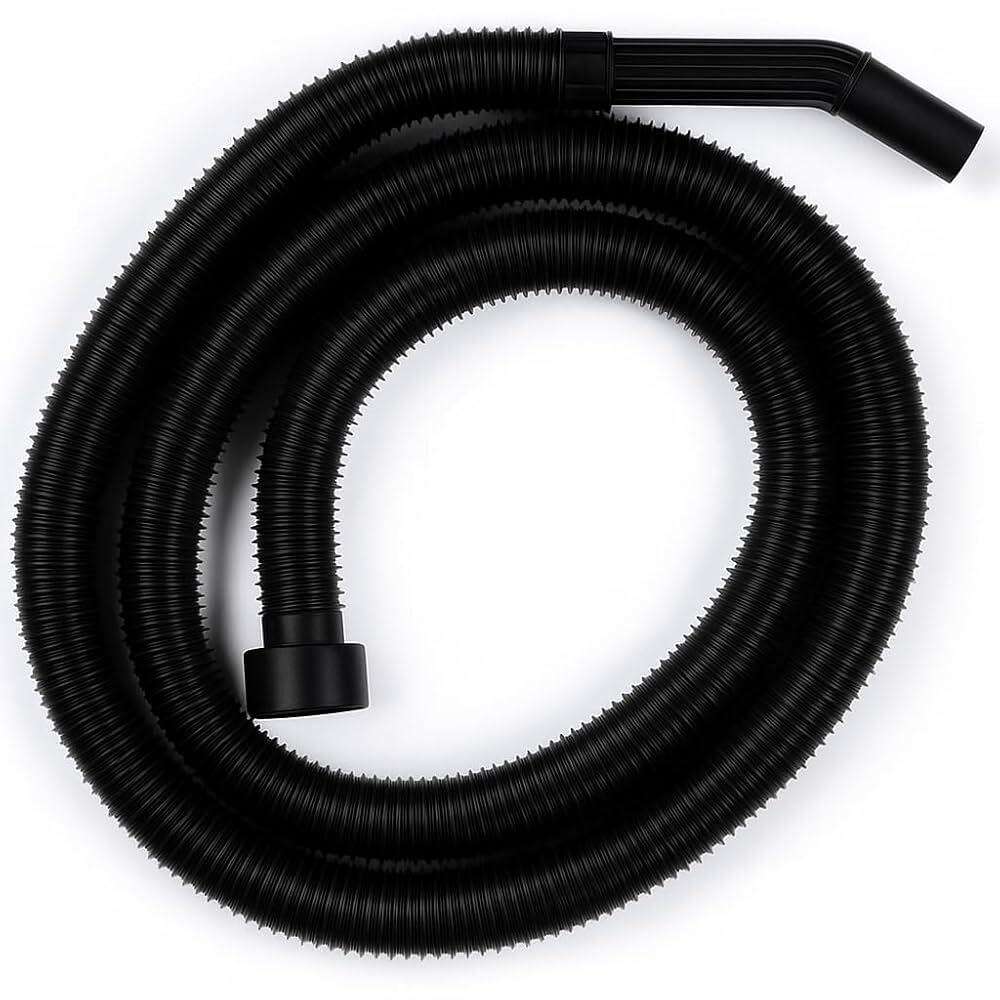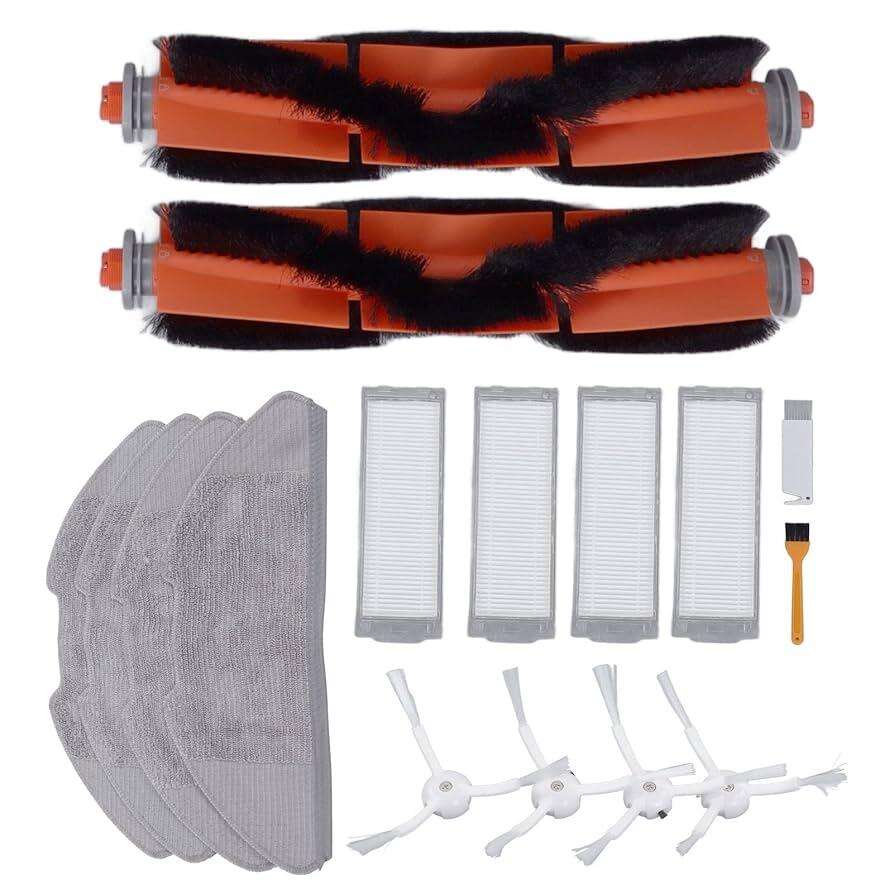Essential Maintenance Strategies for Long-Lasting Vacuum Components
Proper maintenance of vacuum replacement parts is crucial for ensuring optimal performance and longevity of your cleaning equipment. Whether you're managing a commercial cleaning service or maintaining household appliances, understanding how to care for vacuum replacement parts can save you significant time and money while ensuring consistent cleaning effectiveness. This comprehensive guide explores proven maintenance practices that will help extend the lifespan of your vacuum components and maintain peak performance.
Understanding Your Vacuum's Critical Components
Primary Vacuum Parts and Their Functions
Before diving into maintenance practices, it's essential to understand the key vacuum replacement parts that require regular attention. The filtration system, including HEPA filters and pre-filters, plays a crucial role in trapping dust and allergens. The brush roll or beater bar agitates carpet fibers to release embedded dirt, while the belt drives this mechanism. Suction motors create the necessary airflow, and various seals and gaskets maintain proper air pressure throughout the system.
Signs of Wear and Potential Component Failure
Recognizing early warning signs of component wear can prevent costly repairs and extend the life of vacuum replacement parts. Common indicators include unusual noises, reduced suction power, burning smells, or visible wear on belts and brushes. Regular inspection of these components allows you to address issues before they escalate into major problems that could damage other parts of your vacuum.
Professional Maintenance Techniques
Cleaning and Inspection Protocols
Implementing a systematic cleaning routine is fundamental to maintaining vacuum replacement parts. Start by thoroughly cleaning the dust cup or bag compartment after each use. Remove and clean filters according to manufacturer specifications, typically every 3-6 months. Inspect belts for signs of wear or cracking, and check brush rolls for tangled hair or debris that could strain the motor. Clean electrical contacts and ensure all connections are secure and free from dust accumulation.
Proper Storage and Handling Methods
The way you store and handle your vacuum can significantly impact the longevity of its replacement parts. Store the unit in a clean, dry area away from extreme temperatures and humidity. Avoid pulling the vacuum by its cord, which can damage internal wiring and connections. When not in use, empty the dust container and store the vacuum in an upright position to prevent unnecessary stress on components.
Preventive Maintenance Schedule
Daily and Weekly Care Routines
Daily maintenance includes emptying the dust container before it reaches maximum capacity and removing any visible debris from brush rolls and attachments. Weekly tasks should include checking for clogs in the hose and attachments, wiping down the exterior, and inspecting the power cord for any damage. These simple yet effective practices help prevent unnecessary strain on vacuum replacement parts.
Monthly and Quarterly Maintenance Tasks
More thorough maintenance should be performed monthly, including deep cleaning of filters, checking belt tension, and lubricating moving parts as recommended by the manufacturer. Quarterly maintenance might involve replacing disposable filters, deep cleaning reusable filters, and conducting a comprehensive inspection of all vacuum replacement parts for signs of wear or damage.

Advanced Care Techniques
Performance Optimization Methods
To maximize the efficiency and lifespan of vacuum replacement parts, consider implementing advanced care techniques. This includes using compressed air to clean hard-to-reach areas, measuring motor performance with specialized tools, and calibrating settings for optimal suction power. Regular lubrication of moving parts with appropriate products can reduce friction and wear on mechanical components.
Professional Service Integration
While many maintenance tasks can be performed independently, incorporating professional service at regular intervals can significantly extend the life of vacuum replacement parts. Professional technicians can identify potential issues before they become problems, perform specialized cleaning procedures, and ensure all components are properly aligned and functioning at peak efficiency.
Environmental Considerations
Operating Environment Impact
The environment in which your vacuum operates can significantly affect the longevity of its replacement parts. High-dust environments may require more frequent filter changes and cleaning, while humid conditions can impact electronic components. Adjusting maintenance schedules based on these environmental factors helps protect vacuum replacement parts from premature wear.
Sustainable Maintenance Practices
Implementing sustainable maintenance practices not only extends the life of vacuum replacement parts but also reduces environmental impact. This includes properly recycling worn components, using eco-friendly cleaning products, and choosing high-quality replacement parts that offer longer service life. Consider using washable filters when possible and maintaining proper airflow to reduce energy consumption.
Frequently Asked Questions
How often should vacuum filters be replaced?
The replacement schedule for vacuum filters depends on usage frequency and environmental conditions. Generally, disposable filters should be replaced every 3-6 months, while washable filters should be cleaned monthly and replaced annually. Heavy use or dusty environments may require more frequent maintenance.
What causes reduced suction power in vacuums?
Reduced suction power typically results from clogged filters, full dust containers, blocked airways, or worn seals. Regular inspection and cleaning of these vacuum replacement parts can prevent suction loss and maintain optimal performance.
When should professional maintenance be scheduled?
Professional maintenance is recommended annually for residential vacuums and quarterly for commercial units. However, schedule immediate service if you notice unusual noises, burning smells, or significant performance decline, as these may indicate serious issues with vacuum replacement parts.

